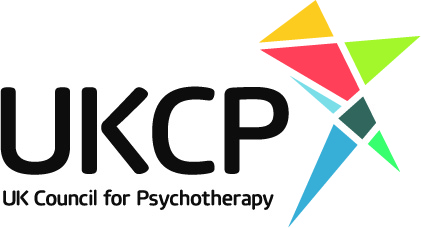Cognitive Behavioral Therapy (CBT) – Björg Sigríður Hermannsdóttir
 What is Cognitive Behavioural Therapy (CBT)?
What is Cognitive Behavioural Therapy (CBT)?
Cognitive behavioral therapy, or CBT, is a form of talking therapy that has been found to be effective in helping people address common mental health difficulties, such as low mood and depression, self-critical thinking, anxiety, panic attacks, phobias, and social avoidance. CBT has a strong research base and is one of the main recommended treatments for anxiety disorders and depression.
While it can be very important to understand the impact of past life events and experiences, CBT tends to be more present-focused than some other forms of therapy. CBT is generally used as a short-term approach, with treatment commonly ranging from 6-20 sessions over the course of 3-6 months. The aim of CBT is to assist you in finding effective ways of responding to life’s many challenges and increase flexibility in thoughts and behaviours, which in turn can result in greater emotional wellbeing.
What happens in Cognitive Behavioural Therapy (CBT)?
CBT involves active collaboration between the client and the therapist. At the beginning of therapy, the therapist will collect information on your history, the presenting problem, and your coping strategies, so that both you and the therapist can gain a good understanding of the situation and set clear goals for therapy.
The therapist will then work with you to explore what may have contributed to the problem and assist you in breaking negative cycles that may be maintaining your distress. In CBT, you may discuss specific situations in your life and examine the interaction between thoughts, feelings, physical sensations, and behaviours, in order to recognize ways to change unhelpful patterns.
At the end of each session, the therapist may suggest specific exercises for you to try out before the next appointment, to help you take what you have learned in therapy and incorporate it into your life. For example, the therapist may encourage you to practice a new skill in between sessions, observe and record some of your thoughts and feelings, or try out an alternative way of responding to a certain situation. The more actively you engage in the therapy process, the more changes you are likely to see.




